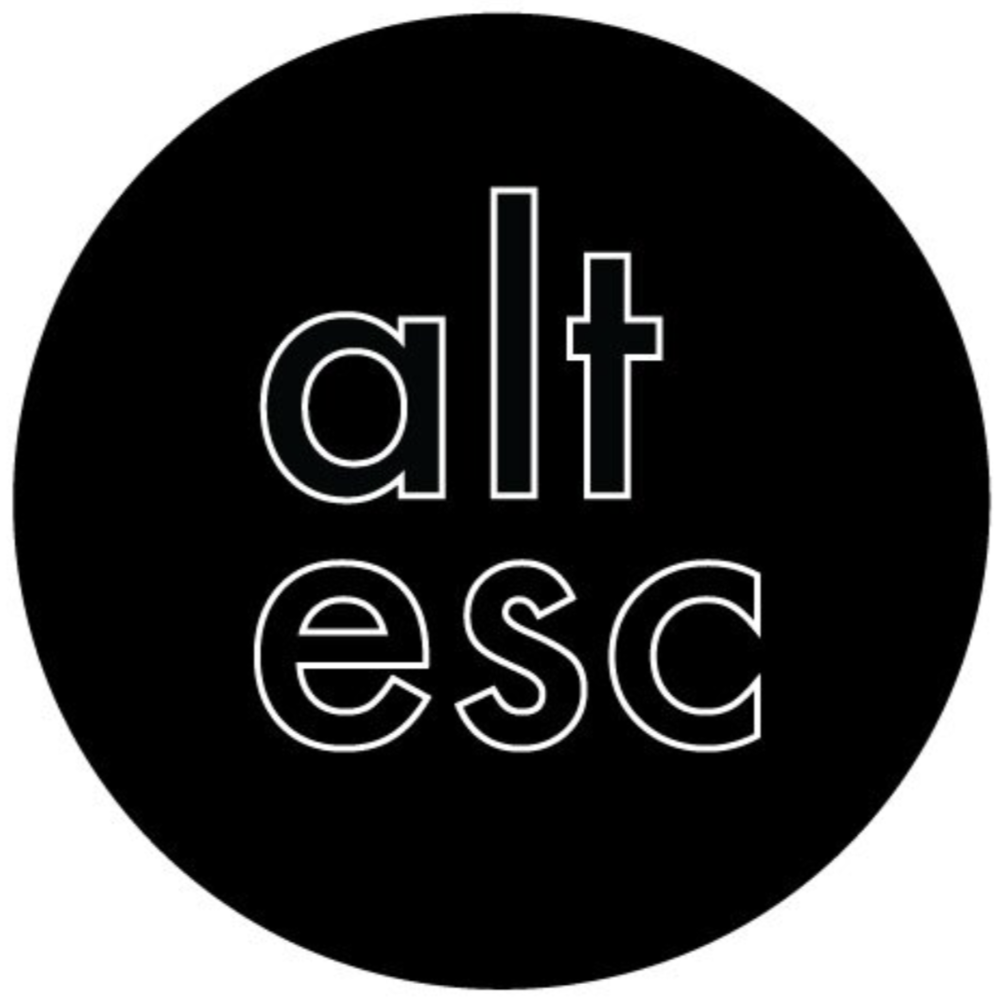DAVE EASSA
Dave Eassa is a sculptor, painter, and activist working and residing in Baltimore, Maryland. Reconstructing our conception of oil painting, his sculptures and paintings manifest into playfully narrative sets. In 2015, he started Free Space, a not for profit, artist run organization, which brings art classes into the Maryland penitentiary system. The program is growing, and he now runs classes at the Maryland Correctional Institution in Jessup, the Maryland Correctional Institution for Women, and the Dorsey Run Correctional Facility. We sat down with him to talk about his art work and how it led him into larger community projects.
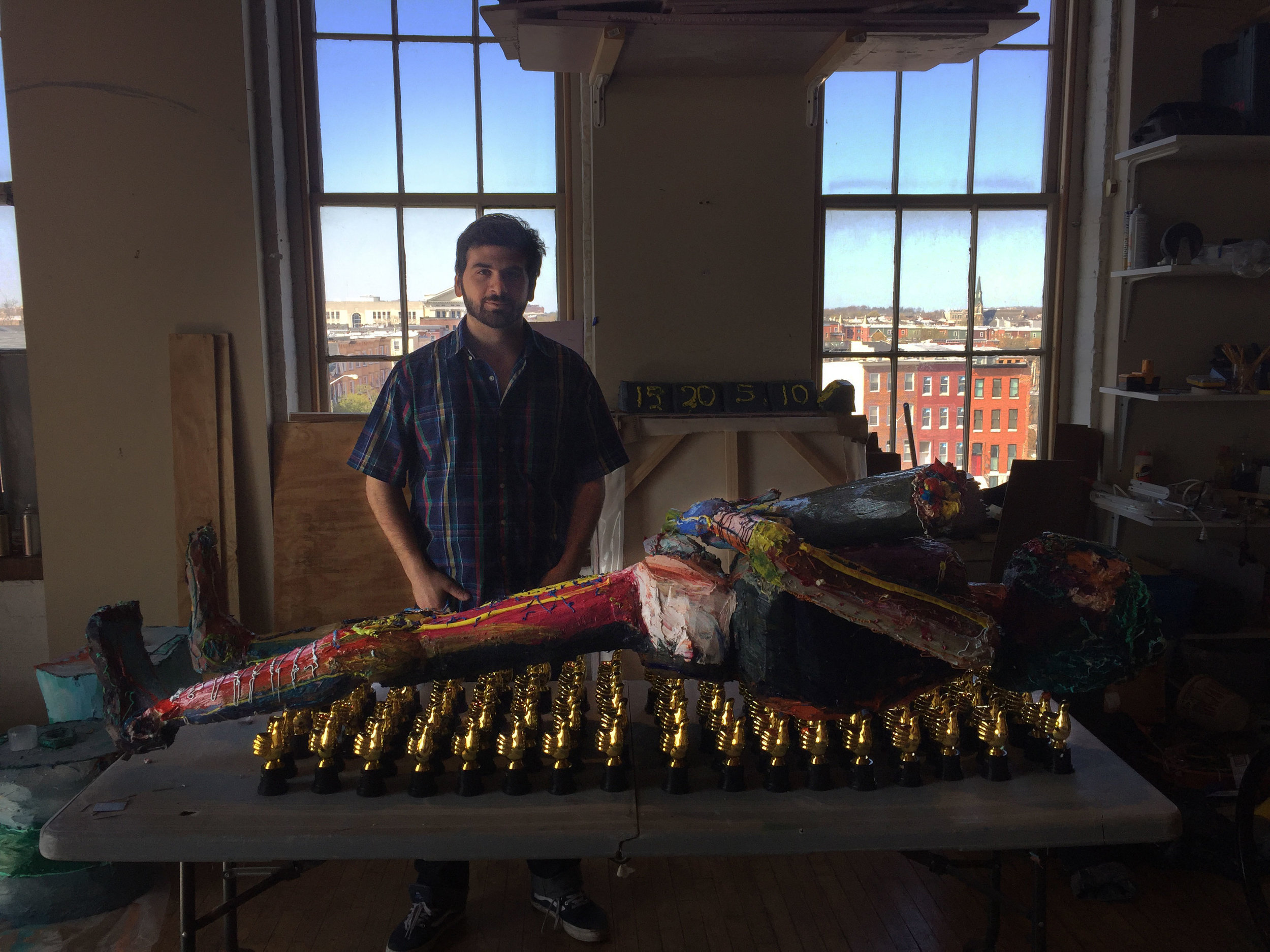
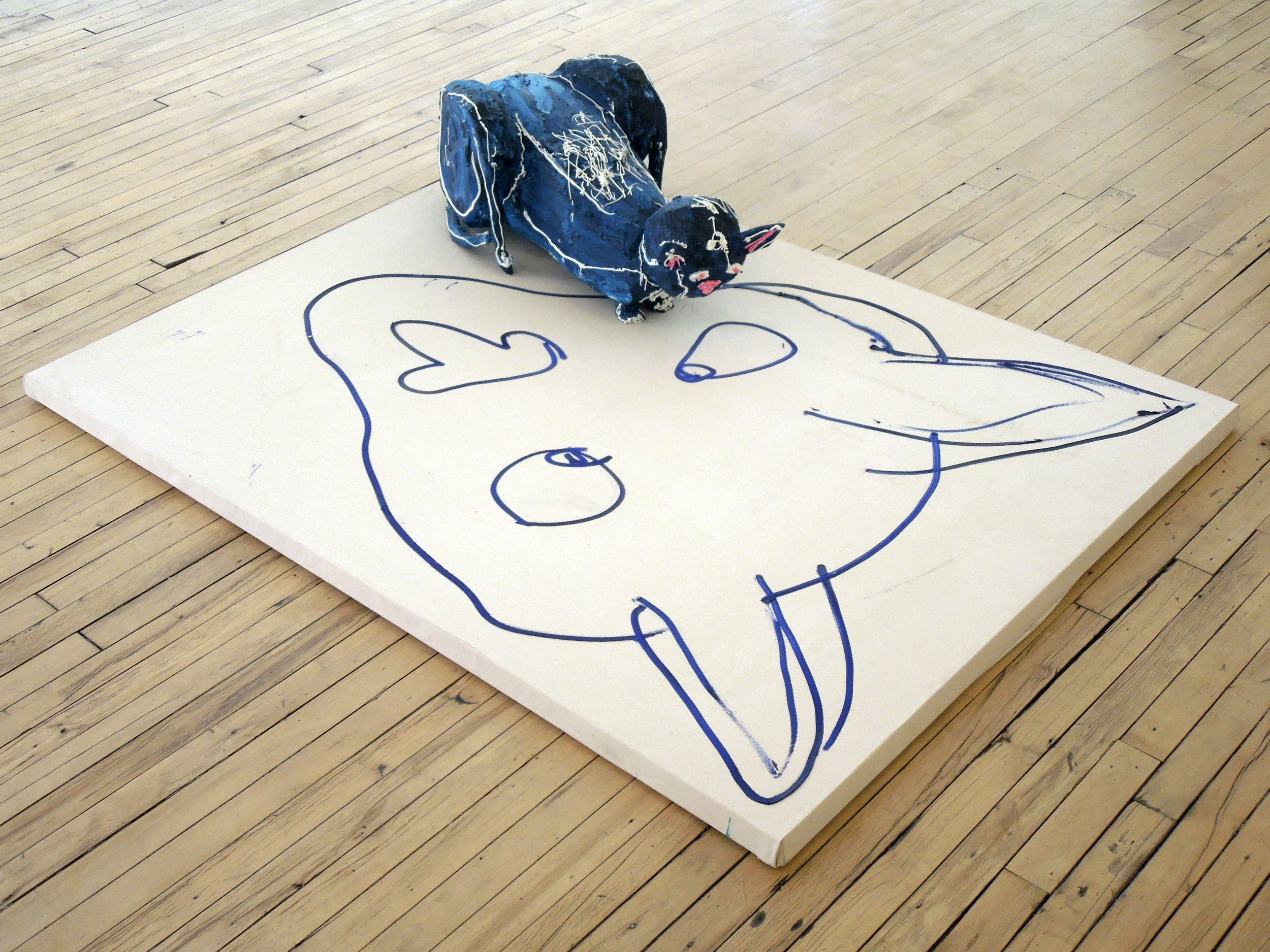
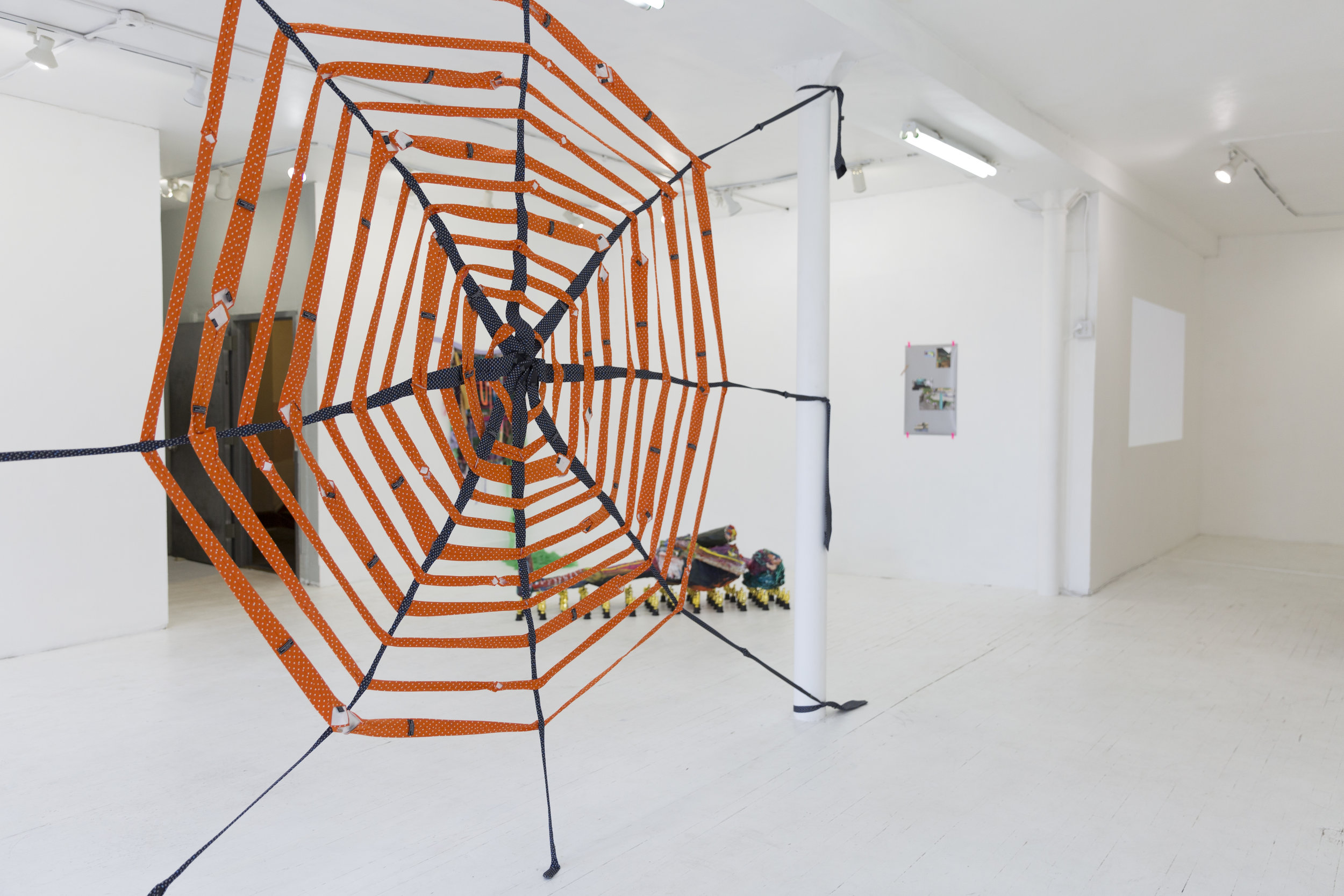
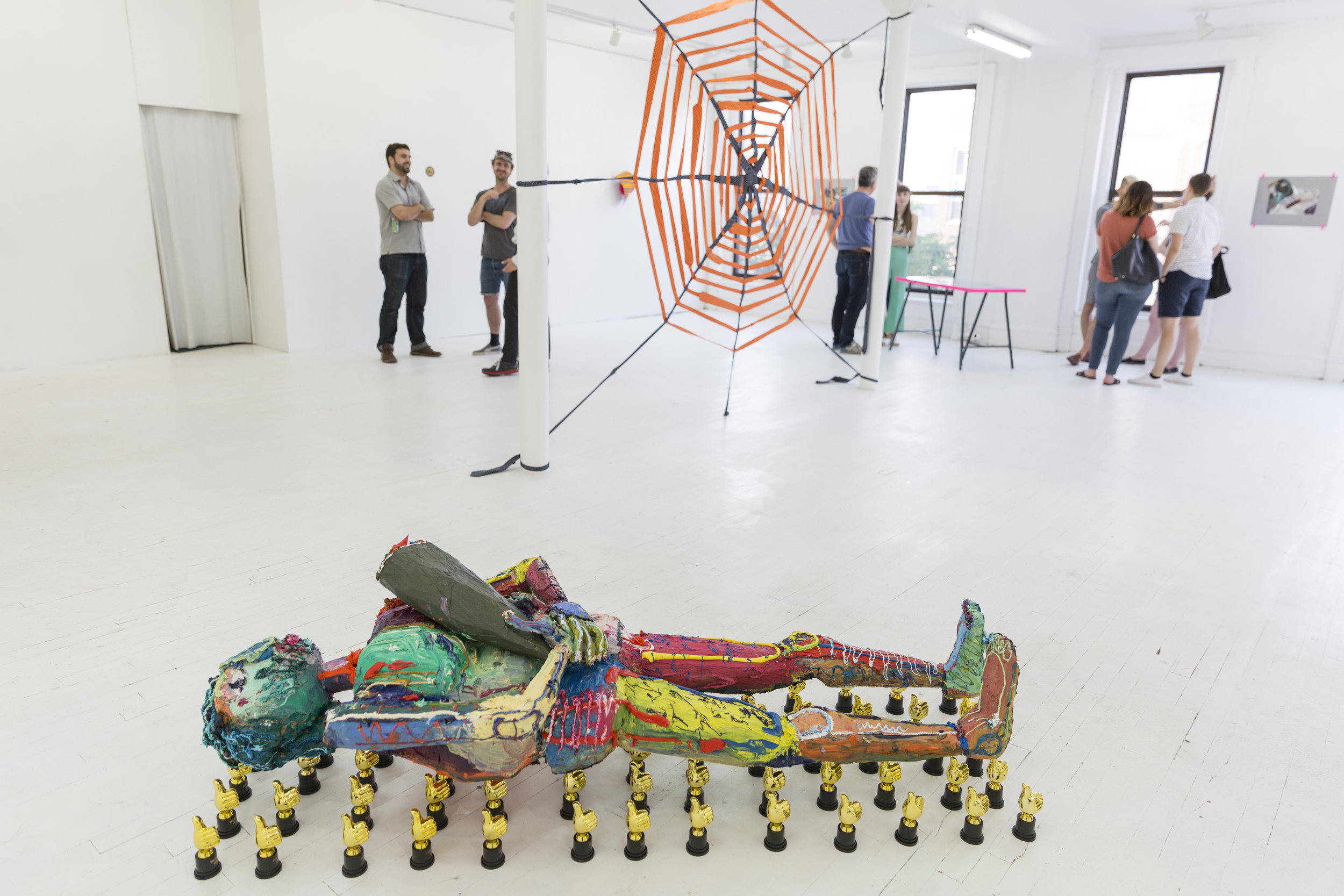
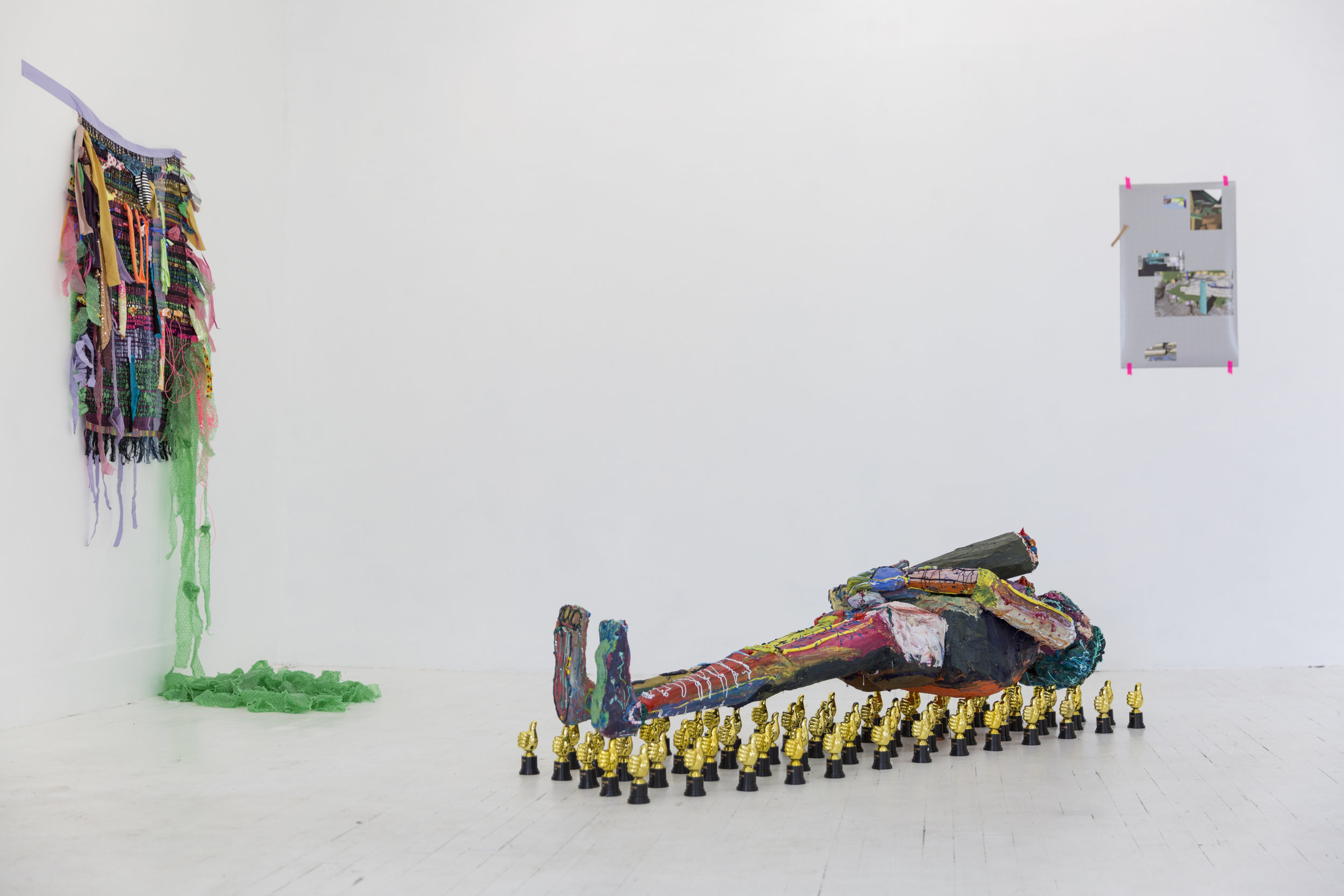
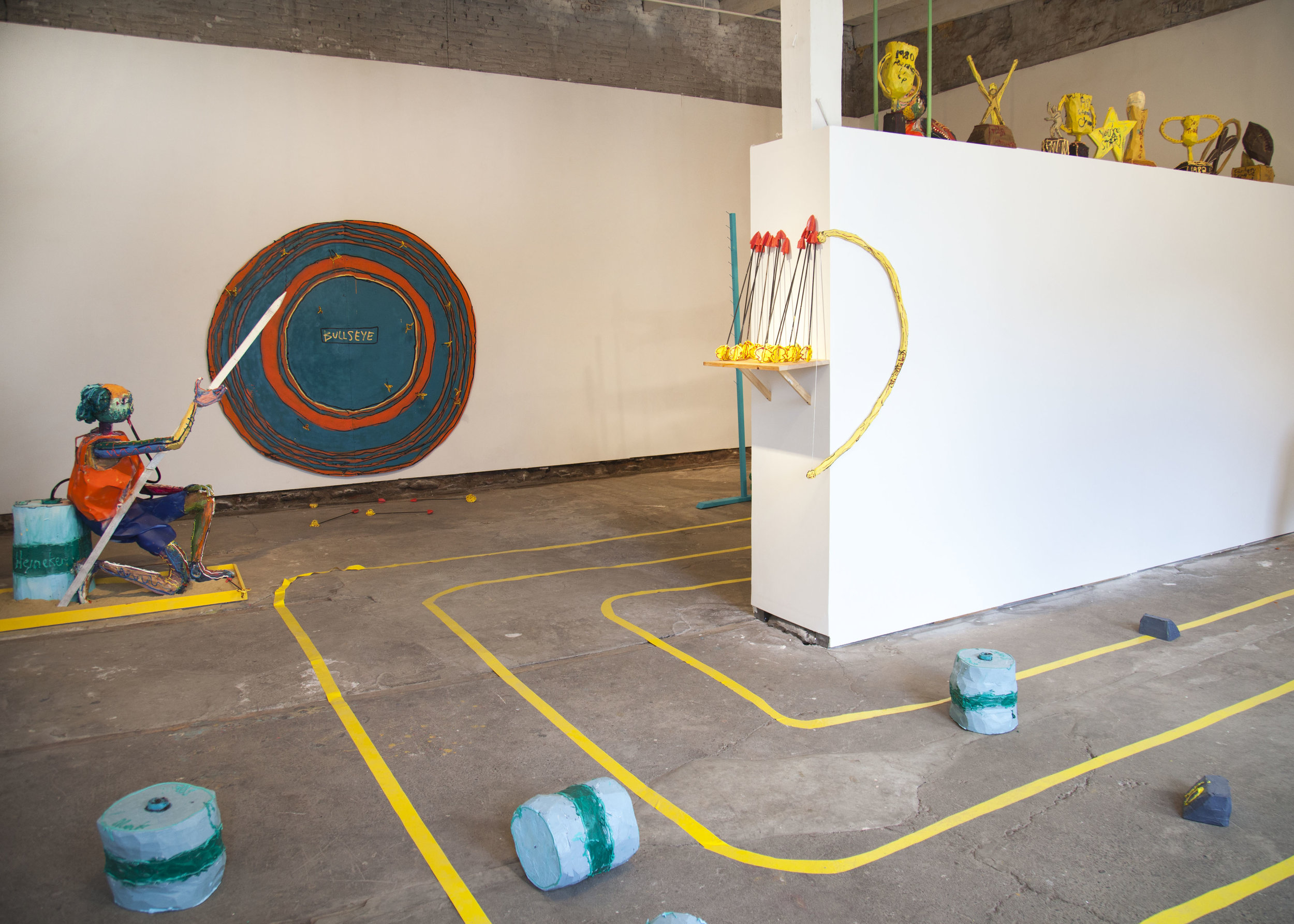
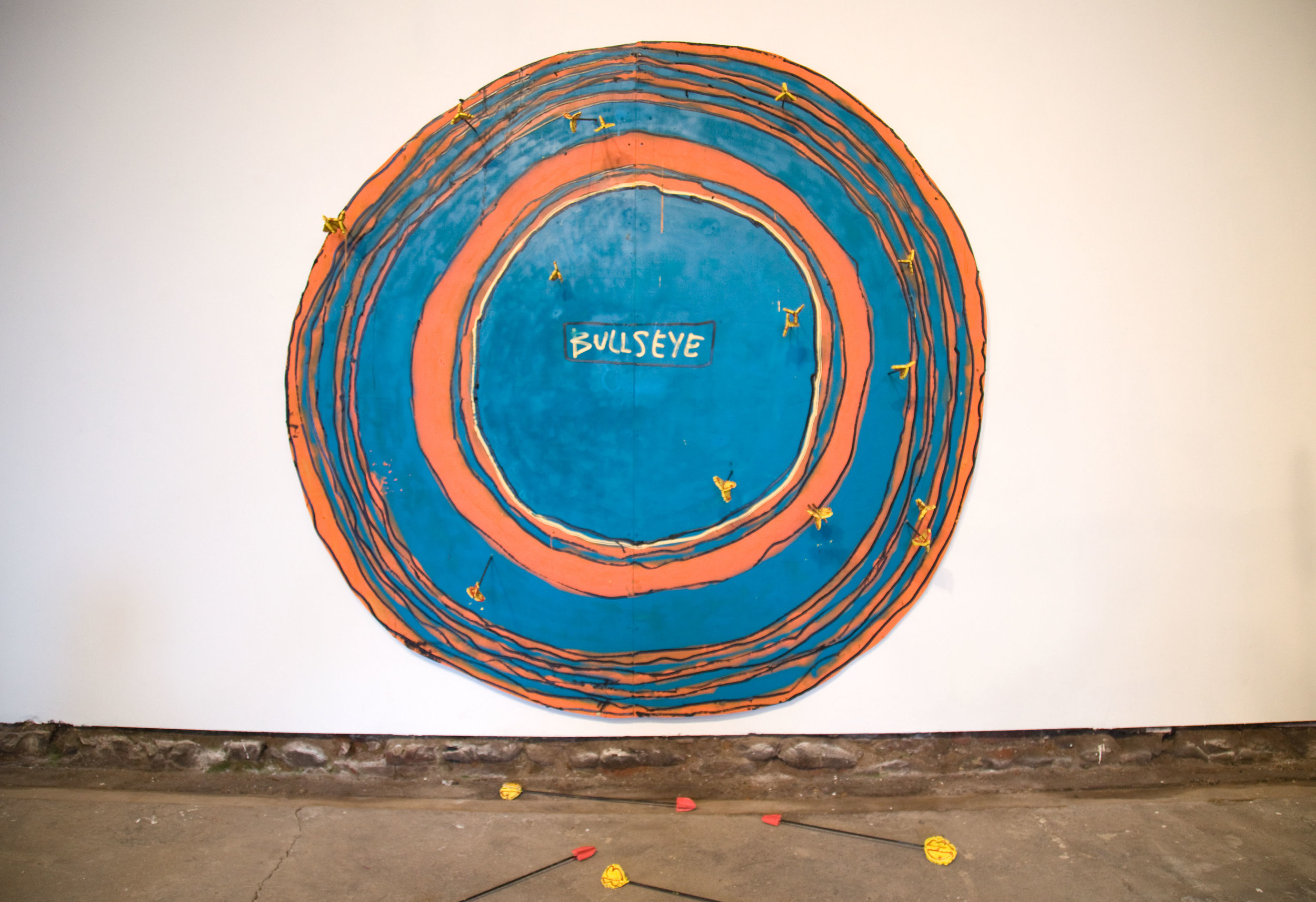
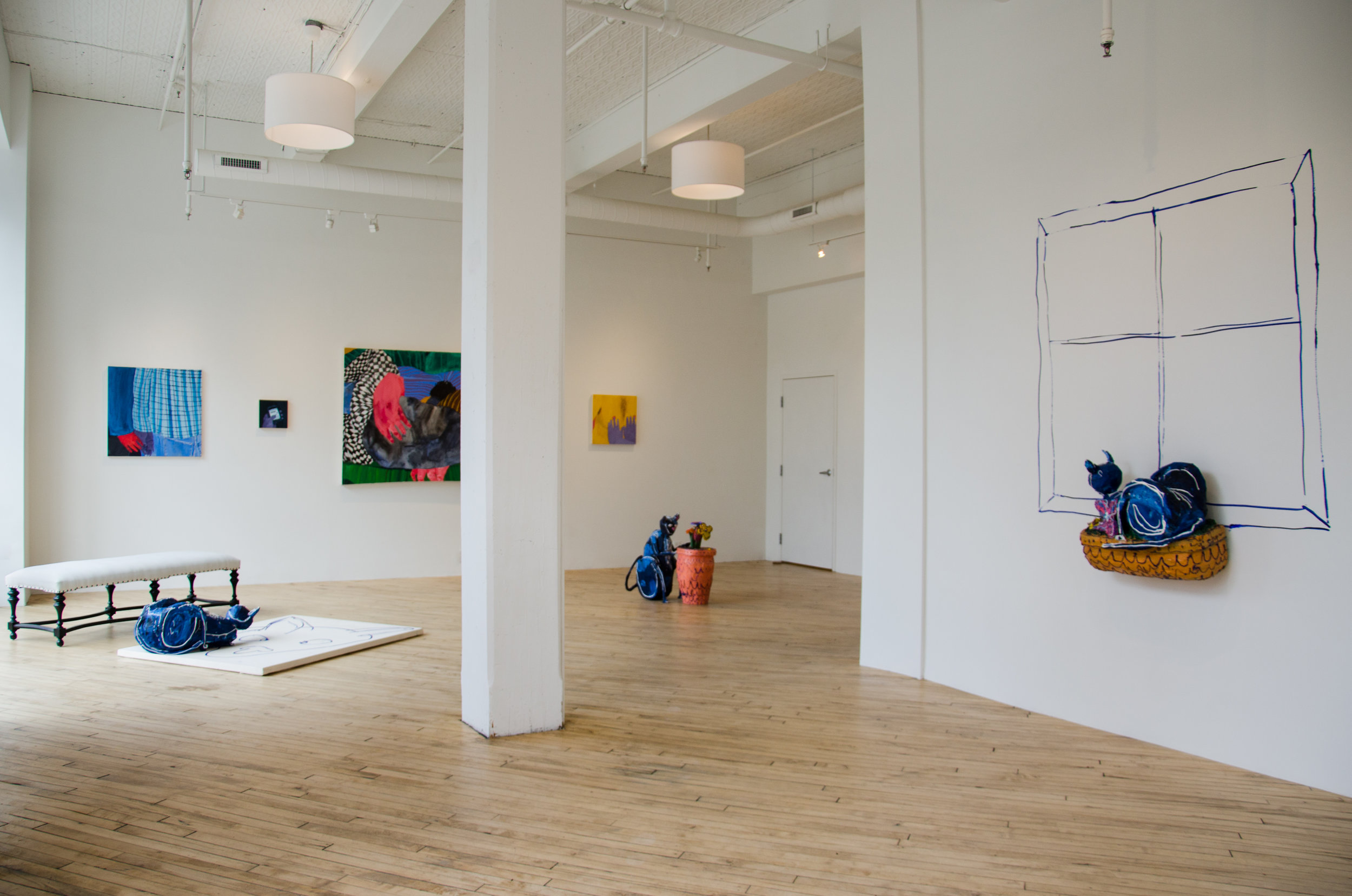
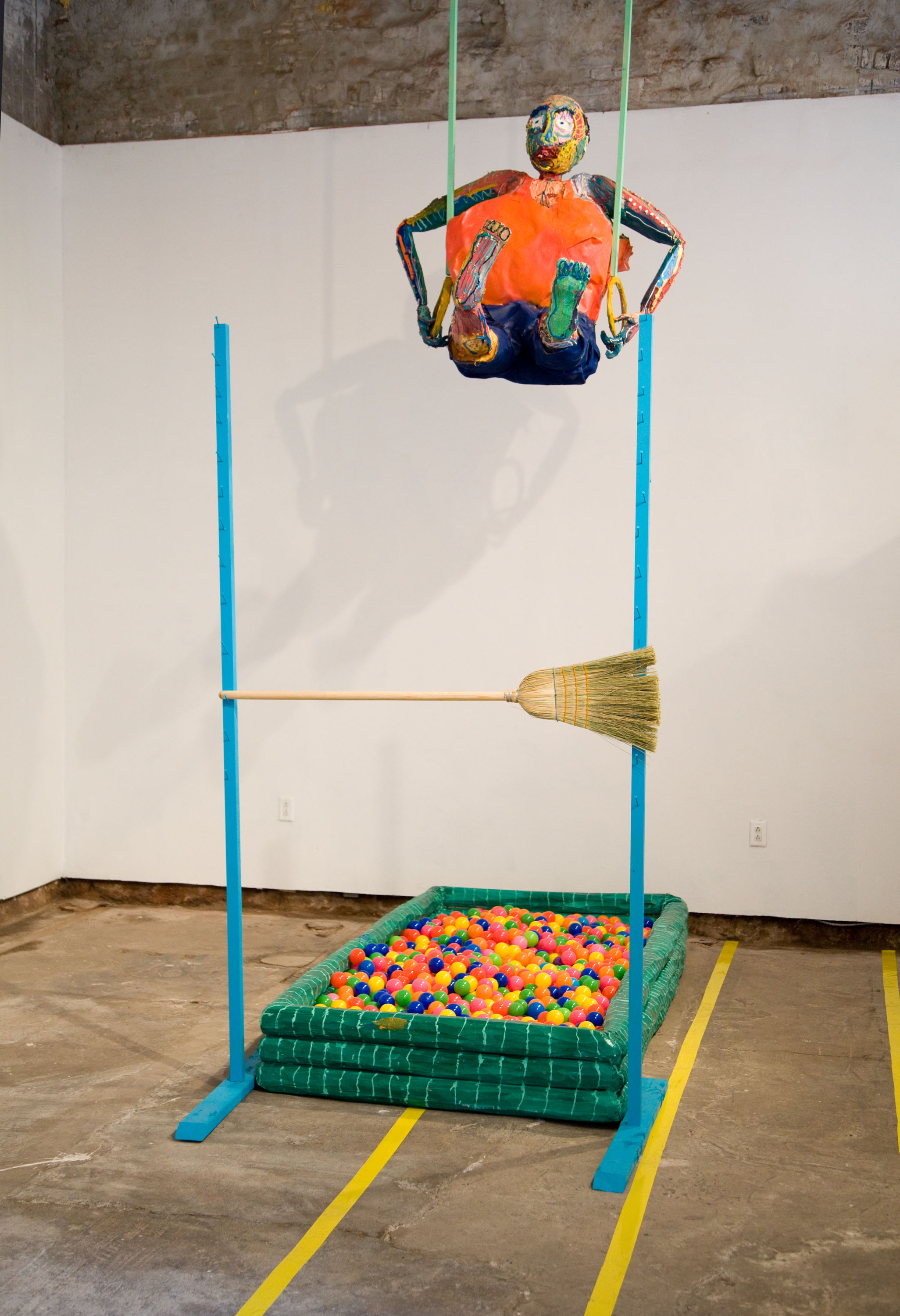
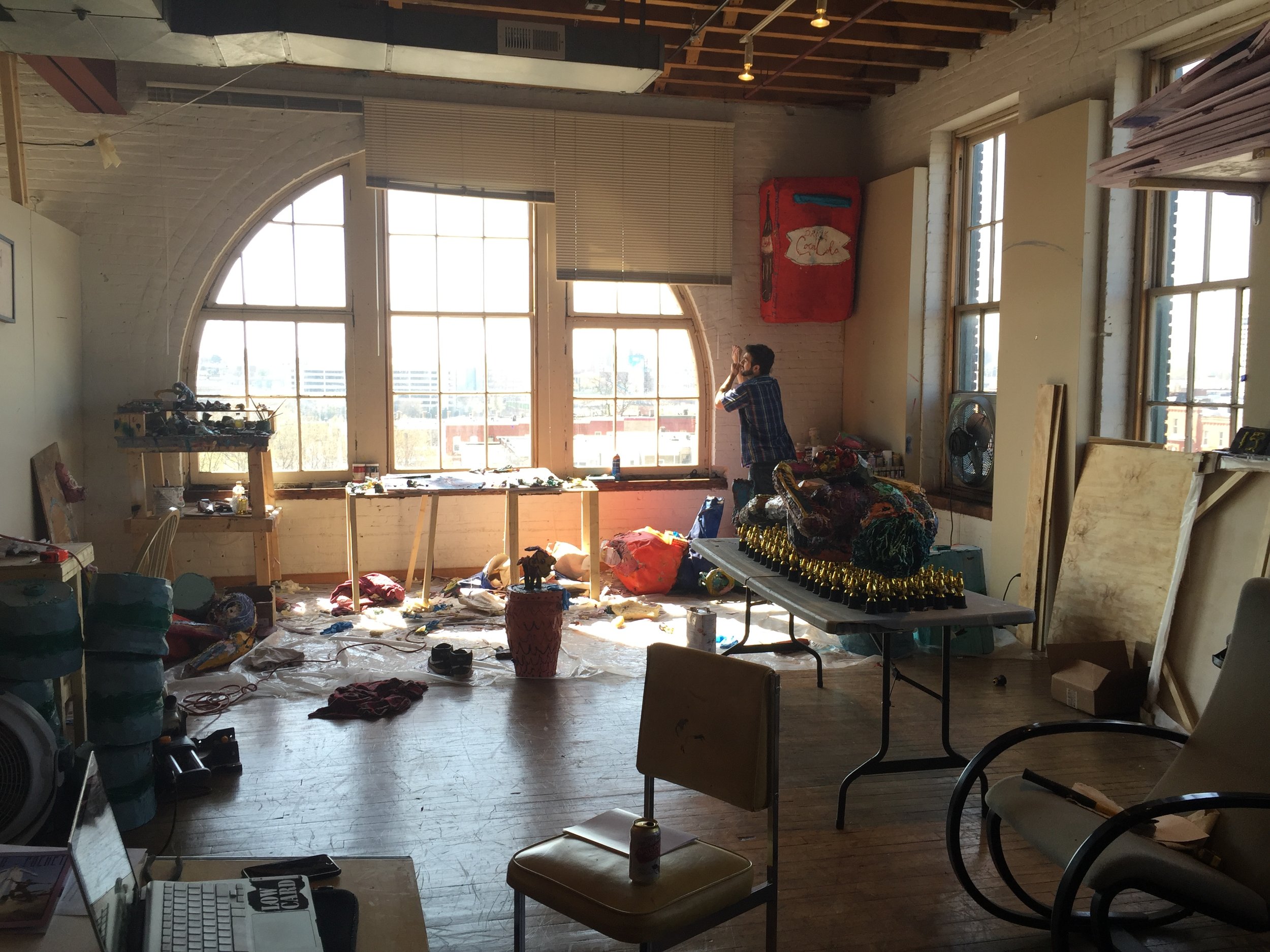
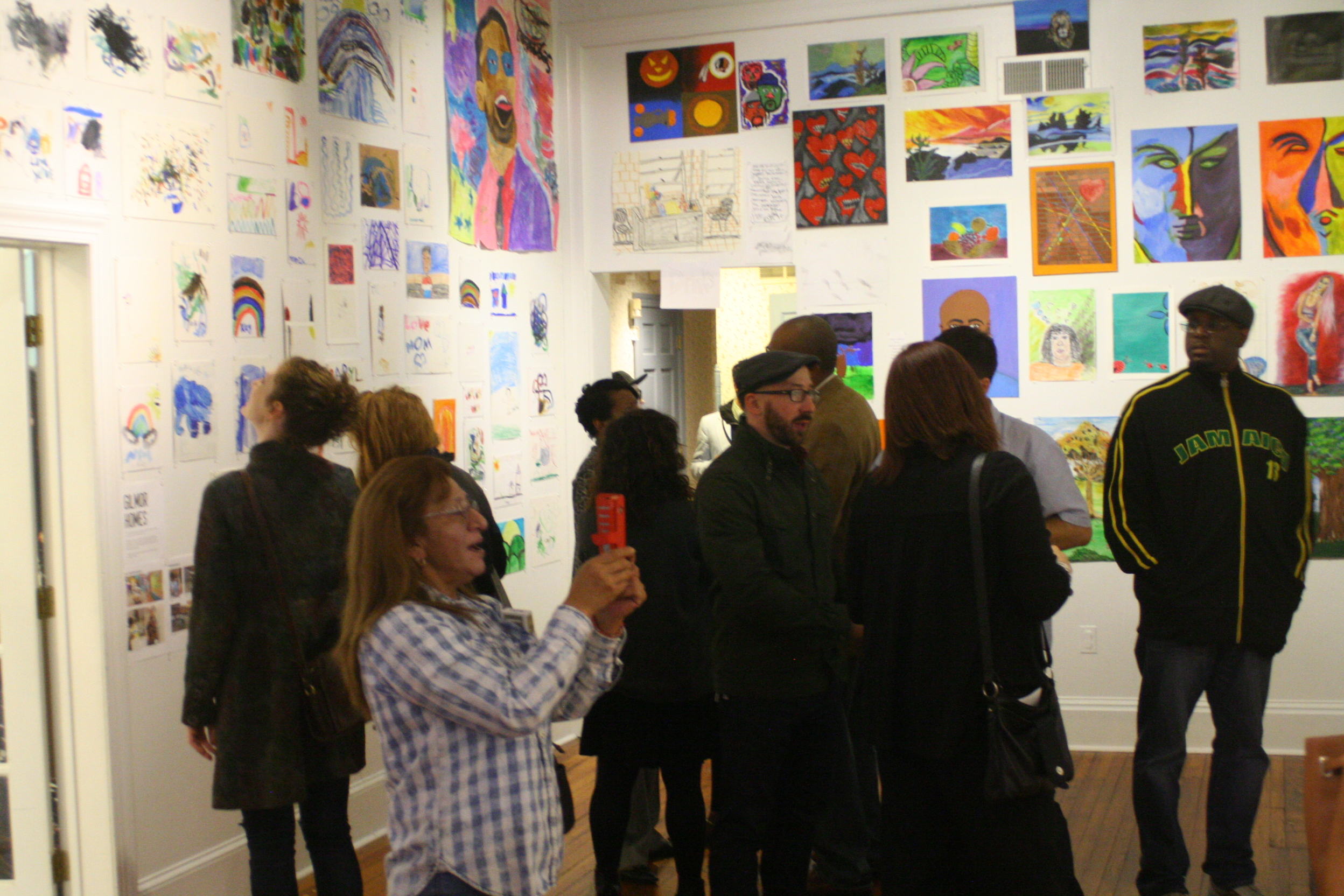
What is Free Space?
Free Space is an arts education program I started in January 2015. It took six months of proposals to get into the prison and figure out the right one. Then I started teaching art classes to eight guys a week which included drawing, painting, screen printing, and writing, with the goal of opening up their minds further than the conventional idea of what art could be and giving them access to materials and time to make art. It started at the Maryland Correctional Institution in Jessup, and it slowly grew. In November 2015, I started working on the project full time. I teach six classes across three correctional facilities in Jessup, MD. The two men’s facilities I teach at are the Maryland Correctional Institution in Jessup and Dorsey Run Correctional Facility, and I teach also at the Maryland Correctional Institution for Women.
What’s the visiting artist program?
I invite local established artists to lead workshops in the areas of their expertise and teach in the way they see first. The first artist, Jordan Bernier, taught a screen-printing workshop, in which we screen-printed a collaborative artist book in an edition of 12. Peter Ferguson taught a portrait workshop to around 25 men at MCIJ. Lady Brion is an amazing poet here in Baltimore, and blessed us with her time at MCIW. Jessie Unterhalter and Katey Truhn, will be leading a class of 10-12 women at the Maryland Correctional Institution for Women in the planning, development, and execution of a large scale mural hopefully in the near future.
How was the Free Space & Baltimore Youth Arts exhibition at Platform Gallery? What work was exhibited?
“A Way Out” was amazing, serious community support from artists, activists, family members of participants, it was beautiful to see. We exhibited around 300 pieces from youth who had been currently or previously detained in the Juvenile Justice System, or from adults who were currently incarcerated. A lot of paintings and drawings filled every inch of wall space in Platform gallery. I think the most amazing thing was seeing family members of the incarcerated interacting with their loved ones in a different space. When these families visit the prison, it is a harrowing experience from start to finish to see the person incarcerated, especially for a young person. A lot of self-portraits were on the wall and the families were able to “be” with their loved one in a more positive and supportive environment than the visiting room of the prison.
What have you learned about the criminal justice system since starting Free Space?
More artists and civilians need to get involved in issues around the criminal justice system. The system won’t fix itself because it works for them, it obviously doesn’t work for the over 2 million citizens whose lives have been irreparably damaged by the system. Recidivism rates are dangerously and blood boilingly high, and some people are able to keep counting their money stacking up. Society has made it extremely easy to forget about our incarcerated population, and its time for people outside of the DOC or state agencies to approach its problems in new ways.
What’s next for Free Space?
Free Space is working towards getting Jessie and Katey, the mural duo in to MCIW to work on a collaborative mural project. My weekly class at MCIW is also starting a large mural project, apart from the one planned with Jessie and Katey. On August 27th, Free Space will be holding an exhibition of Shane McCallum’s paintings, an artist who was incarcerated for 37 years and recently passed away from liver cancer. Shane was a participant mentor in Free Space, and the exhibition of his work will be held at Gallery Four in Baltimore before going to the Delaware Hospice Center where the work will be available to raise funds for his burial costs and for the Delaware Hospice Center where he spent his last days.
Other than obvious time management, how has Free Space affected your own practice?
For the first year, I was only working with men, and then the program expanded. The beginnings of the classes are structured where we try a lot of different things. I try to expose them to different ideas and trains of thought to try to get everyone out of thinking that good art is just technical. Many of the individuals I work with have been exposed to almost zero art or art education, so the first month is about pushing them outside their boundaries to get them to feel comfortable with different approaches. Art can be used in so many ways, and they really just went for it. I feel like it’s easy for us to become inhibited by our conscious of art history, the New York art world and the global art world. All of these different factors are weighing on the heads of artists. When I’m in here, they have no fear, and they just go for it. Seeing that happen, it makes me remember to not hold back. So in that way it has affected my practice, and then, as you said, time management, of course. It’s the first job I’ve ever actually cared about. I’m not complaining though. Everything I do is about art now.
How was your exhibition at LVL3 Gallery in Chicago? What pieces did you show there?
LVL3, Vincent Uribe, and Chicago are very wonderful, I was so happy to be able to show work and meet more artists there. I keep trying to move forward and expand beyond the same oil paint and figurative work. I am trying to introduce new visual language into my practice that complements existing work, but opens my options in terms of materials. I always had a thing with neckties. The only life goal I ever established for myself is I never want to learn how to tie my own tie, I felt I would be tying my own noose. I still don’t know how to tie one. For a long time I have been examining and question privilege and societal constructs in how they affect and relate to me on a personal basis but also in a greater context.
Yeah, it crazy these societal standards are set up to govern how we live our lives - there are these paths we have to follow to fit into the mold.
Yeah, we are told that you are supposed to live your life in this order, and success is this and not that. In this piece “Web”, I was thinking about how the ties represent the intricate and complex web of lies that structures and individuals in power have kept us believing. For myself and maybe other individuals, I always think of board rooms and high powered CEO’s are just sitting in their offices, a couple handshakes returns a couple billion dollars.
With "Resting On Their Laurels," I've been thinking a lot about how suicide rates have gone up in the last 30 years, around 60%. A lot of times social media can be the most depressing K-hole in the world. We’re all guilty of it. We all curate our social media presence. If you sign onto a social media platform and look at others, it's easy to feel like you are doing something wrong, you are not doing enough, or somebody has it better. It’s so depressing, weird, competitive, but this isn’t real life. This person is lying in a casket, but instead of it being a casket, they are being supported by, or held down by, all of these "likes."
What material do you mostly use?
Foam and oil paint but now I am trying to bring other materials into the mix.
How do you choose the themes for your shows?
It's all kind of disparate. It comes in and comes out at certain points. A lot of things are just affected by daily things in my life and on the news. As I am moving forward in my own life, different events make me question and examine them in a deeper and broader context.
Why are you based in Baltimore?
There are so many good things happening here. We may exist outside the art world, but it doesn’t matter because there is so much stuff happening here, and so many amazing people. Also if you want to do something, you can make it happen, the freedom financially to take great risks and the freedom for them to fail. The community of artists and activists in my life here give me so much inspiration on a daily basis. I love Baltimore.
If you could show with any other artist?
